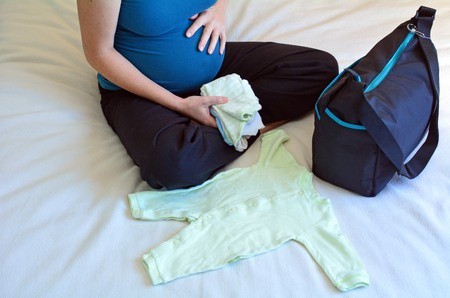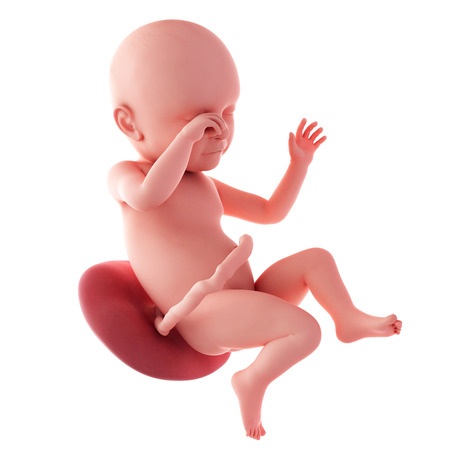Intra-Uterine Device (Iud) Side Effects
When planning to use contraception, a woman is faced with multitude of options in selecting contraceptives. There are pills, injectables, doing the calendar method, and using intra-uterine device. Others may subject themselves to ligation which requires a surgery in order for that to happen. Amongst these, IUDs or intra-uterine device is one of the most effective contraception methods to be used. it is safe and effective and IUD side effects are manageable.
IUD or the intrauterine device is inserted into the uterus in order to avoid fertilization of sperm and egg during coitus. There are 2 types which are the IUD with copper and IUD with progesterone. For most women with heavy bleeding issues, IUD insertion can be a cure for that problem. It is important to note however that IUDs are not protection against STDs or Sexually Transmitted Diseases. To ensure safe coitus, it is still important to use condoms to avoid problems. The effectivity of this product is about 99.2- 99.9% as a birth control and it is advisable to change or be removed after 5 years. Regular checking of the device through location of the coil or thread is important to note if the IUD is in place.
When planning to have an IUD inserted, it is important to talk to the physician or OB-GYNE and know what to expect once using the product. There are certain conditions wherein insertion of IUD is contraindicated like having infection. Having a Pap Smear is crucial to now the condition of the genital organ. once the basic guidelines are met, the IUD fitting will happen in the clinic and the patient is in a lithotomy position. The insertion will happen on the 5th or 7th day of the menstruation. This is because the cervix is still open and easy navigation of the device. A sterile speculum or washed with an antiseptic will be used to have a view of the cervix. Then the IUD is fitted into the uterus and strings are cut in about 3 or 4 centimeters which will serve as a guide. After the if insertion, the patient should be observed for 15 minutes to note if she feels any pain and feel uncomfortable.
After the insertion, the patient may feel the IUDs side effect like spotting in between periods. For some, heavy bleeding may still occur but it will only happen in the first few months. At some point, there will be breast tenderness, acne, headache, nausea and vomiting may occur but it is manageable. However, if the IUD will expel during menstruation, or if the woman feels the IUD is displaced, it is advisable to call the doctor so they can reinsert the device. In rare occasions, a woman may get pregnant while on IUD. And sometimes, during insertion, there will be uteral perforation but the risk is very low.
As of today, there are many kinds of IUDs used by women. Copper IUD is most common. one type is the Paragard IUD. The Paragard IUD is a T-shaped contraceptive that has contains copper. There are tiny threads on the device so that I can be easily removed. This is an effective birth control device because of its 90% effectivity. It can last up to 10 years but the cost is quite high at $400 to $500. Paragard does not affect the ovulation the copper acts as a spermicide killing the sperms and preventing fertilization to happen. Also, studies have shown that it stimulates the prostaglandin thus inhibiting the production of hormones needed in pregnancy.
Paragard IUD Side Effects
After the insertion, the bleeding can be heavy as a possible Paragard IUD side effect. apart from that, a woman may experience spotting in between periods. Again, perforation of the IUD into the uterus is a rare case. To younger women, expulsion of the IUD is common. Backache, vaginal discharge and even infertility may occur. At some point, ectopic pregnancy may happen. When the IUD is removed, the patient should know that it s a reversible birth control so pregnancy can likely happen after the removal.
Copper IUD Side Effects
Other want to settle for ordinary copper IUD since other IUDs can be costly. The effect and the reliability is still the same as the rest. Upon insertion of the copper IUD side effects will be felt like abdominal cramping and pain in the lower back area. The spotting in between cycle is still present. However, in more serious cases like pelvic inflammatory disease, the device is removed right away and will not be inserted until the disease is properly treated.
Copper T IUD Side Effects
The Copper T is the most common and widely used intra-uterine device used by many women worldwide. it is a T-shaped IUD and possesses copper in order to kill the sperms and prevent fertilization. Copper T is safe and the process of inserting it into the uterus is the same as the rest. The shelf life is 7 years and it can stay in the uterus for up to 10 years considering the various checking and consultations to the physician. The pregnancy rate when using Copper T is less than 1% which is good news to many women who do not wish to get pregnant. Copper T IUD side effects are the same with the copper IUDs like stomach cramping, spotting and back pain. headache may also be felt and acne as well.
Mirena IUD Side Effects
Mirena is another IUD that is commonly used globally. Many prefer this because Mirena side effects are lesser than other intrauterine devices used. Its side effects may include vaginal discharge and in rare cases, hair loss may occur. Weight gain is possible when using the product. Since abdominal cramping is one of the usual problem, women can use hot compress and proper rest along with the suggested medications can be take.
References
http://kidshealth.org/teen/sexual_health/contraception/contraception_iud.html#
http://www.fhi.org/en/rh/pubs/network/v20_1/nwvol20-1copperiud.htm
http://women.emedtv.com/mirena/mirena-side-effects-p3.html



